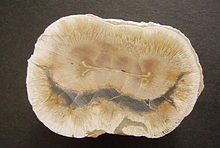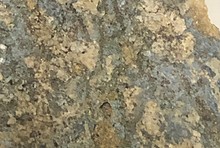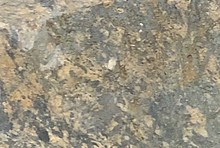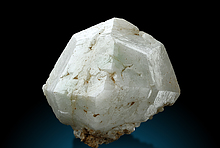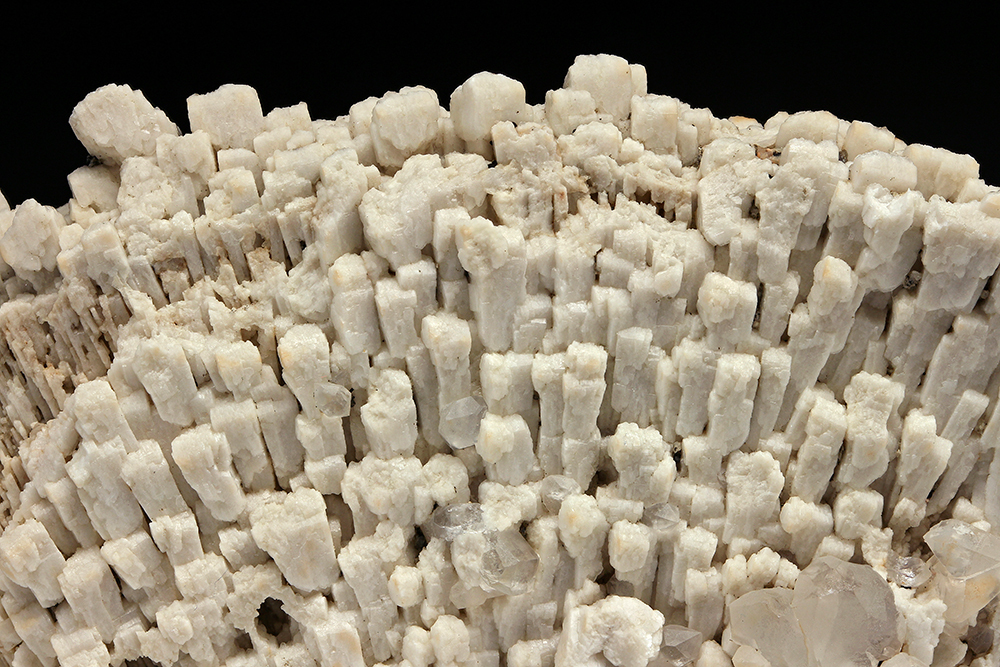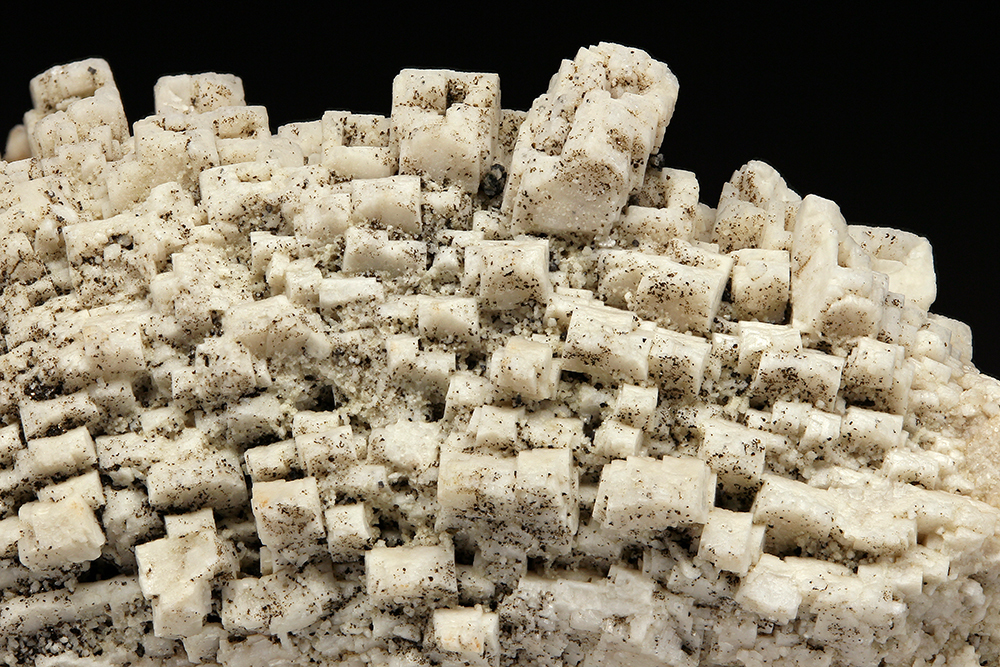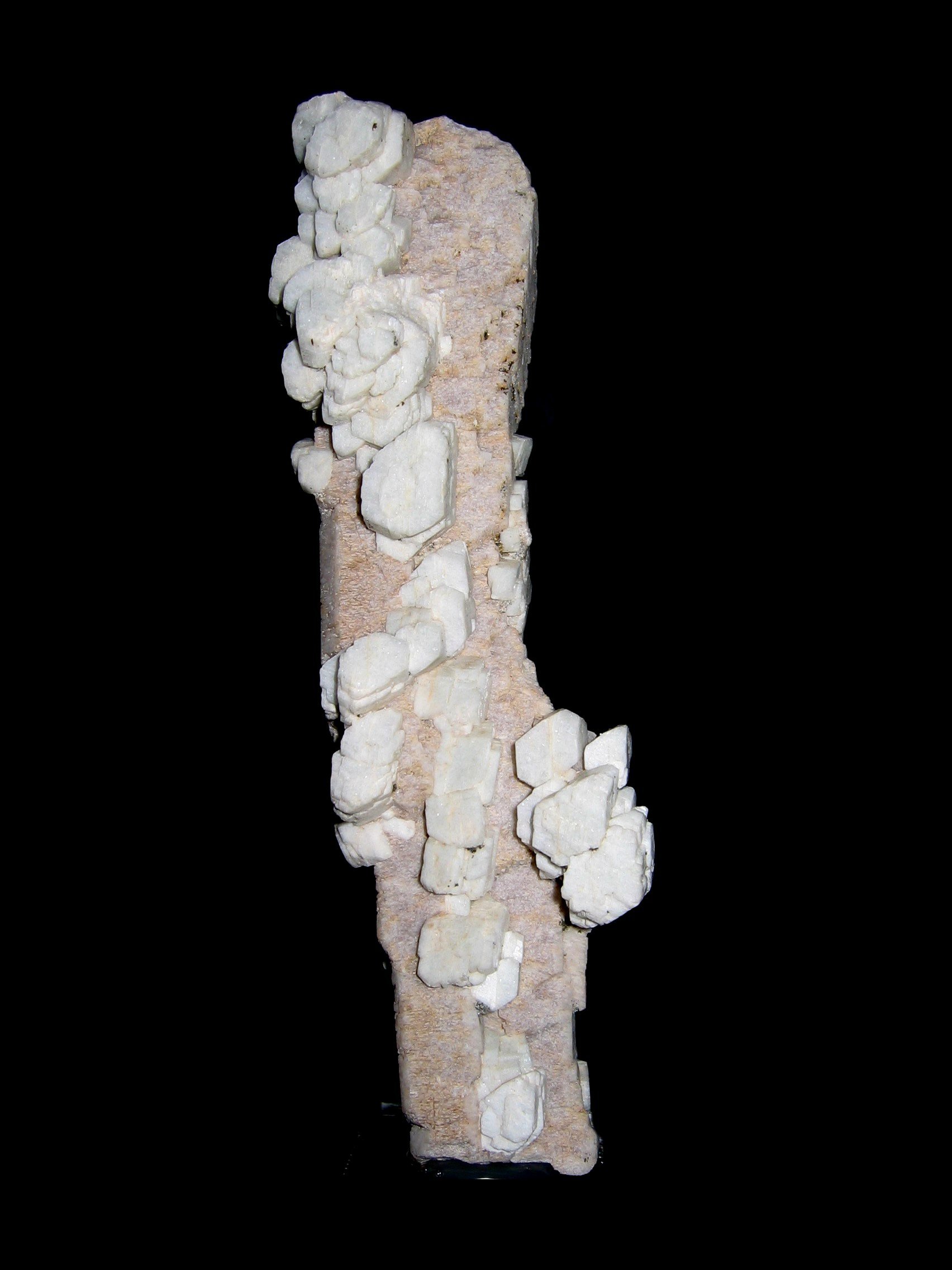Home PageAbout MindatThe Mindat ManualHistory of MindatCopyright StatusWho We AreContact UsAdvertise on Mindat
Donate to MindatCorporate SponsorshipSponsor a PageSponsored PagesMindat AdvertisersAdvertise on Mindat
Learning CenterWhat is a mineral?The most common minerals on earthInformation for EducatorsMindat ArticlesThe ElementsThe Rock H. Currier Digital LibraryGeologic Time
Minerals by PropertiesMinerals by ChemistryAdvanced Locality SearchRandom MineralRandom LocalitySearch by minIDLocalities Near MeSearch ArticlesSearch GlossaryMore Search Options
The Mindat ManualAdd a New PhotoRate PhotosLocality Edit ReportCoordinate Completion ReportAdd Glossary Item
Mining CompaniesStatisticsUsersMineral MuseumsClubs & OrganizationsMineral Shows & EventsThe Mindat DirectoryDevice SettingsThe Mineral Quiz
Photo SearchPhoto GalleriesSearch by ColorNew Photos TodayNew Photos YesterdayMembers' Photo GalleriesPast Photo of the Day GalleryPhotography
╳Discussions
💬 Home🔎 Search📅 LatestGroups
EducationOpen discussion area.Fakes & FraudsOpen discussion area.Field CollectingOpen discussion area.FossilsOpen discussion area.Gems and GemologyOpen discussion area.GeneralOpen discussion area.How to ContributeOpen discussion area.Identity HelpOpen discussion area.Improving Mindat.orgOpen discussion area.LocalitiesOpen discussion area.Lost and Stolen SpecimensOpen discussion area.MarketplaceOpen discussion area.MeteoritesOpen discussion area.Mindat ProductsOpen discussion area.Mineral ExchangesOpen discussion area.Mineral PhotographyOpen discussion area.Mineral ShowsOpen discussion area.Mineralogical ClassificationOpen discussion area.Mineralogy CourseOpen discussion area.MineralsOpen discussion area.Minerals and MuseumsOpen discussion area.PhotosOpen discussion area.Techniques for CollectorsOpen discussion area.The Rock H. Currier Digital LibraryOpen discussion area.UV MineralsOpen discussion area.Recent Images in Discussions
Identity HelpNeed locality - fan-shaped microcline crystal aggregate
19th Sep 2016 23:12 UTCHarold Moritz 🌟 Expert
A very cool fan-shaped aggregate of sub-parallel microcline (or perhaps orthoclase) with some quartz cling-ons. The terms of some of the microclines are hoppered. Measures 9x7x2.5 cm. From an old collection, no data, but supposedly he collected in New York State and never bought anything. Though some pieces are from Conn. and others must have been bought. I think this may be from New Hampshire. Anyway, thoughts appreciated.

20th Sep 2016 11:27 UTCErik Vercammen Expert
20th Sep 2016 14:44 UTCHarold Moritz 🌟 Expert
http://www.mindat.org/gallery.php?loc=3970&min=96
The dark matter is micaceous clove brown and a little waxy, looks like vermiculite, or fine-grained phlogopite.
Thanks Erik, it could be from NM. The original owner did make a fossil collecting trip to west-central Texas, so it could very well be from nearby Dona Anna Co.
20th Sep 2016 19:18 UTCMichael C. Michayluk
That's not to say it couldn't be from there... hopefully one of the more experienced New Mexico collectors comments

20th Sep 2016 19:54 UTCAlfredo Petrov Manager
20th Sep 2016 20:13 UTCHarold Moritz 🌟 Expert
Michael, thanks, that specimen is in the gallery I linked to earlier, I can see where there might be others that fully cover the K-spar, leaving a hole at the top where they pass over the K-spar termination. The elongated K-spar is unusual.
Alfredo, true, but the original owner had mostly fairly common things from a limited number of places, all USA, so I suspect it should be from someplace well known, but from decades ago.
20th Sep 2016 20:49 UTCPeter Slootweg 🌟
20th Sep 2016 21:00 UTCHarold Moritz 🌟 Expert
http://www.mindat.org/gallery.php?loc=3970&min=3026
It does look promising, though yeah probably will never know for sure, but the piece was too nice to not try.
I think we can ask the original owner if that place sounds familiar or more about its potential origin.
20th Sep 2016 21:53 UTCMichael C. Michayluk
20th Sep 2016 22:11 UTCDon Saathoff Expert
SO, with all this said, I doubt Rock Springs Canyon but who can know?
BTW, twinning tends to indicate orthoclase as opposed to microcline according to Dunham, 1934.
Don S.




Mindat.org is an outreach project of the Hudson Institute of Mineralogy, a 501(c)(3) not-for-profit organization.
Copyright © mindat.org and the Hudson Institute of Mineralogy 1993-2024, except where stated. Most political location boundaries are © OpenStreetMap contributors. Mindat.org relies on the contributions of thousands of members and supporters. Founded in 2000 by Jolyon Ralph.
Privacy Policy - Terms & Conditions - Contact Us / DMCA issues - Report a bug/vulnerability Current server date and time: April 23, 2024 13:09:44
Copyright © mindat.org and the Hudson Institute of Mineralogy 1993-2024, except where stated. Most political location boundaries are © OpenStreetMap contributors. Mindat.org relies on the contributions of thousands of members and supporters. Founded in 2000 by Jolyon Ralph.
Privacy Policy - Terms & Conditions - Contact Us / DMCA issues - Report a bug/vulnerability Current server date and time: April 23, 2024 13:09:44
